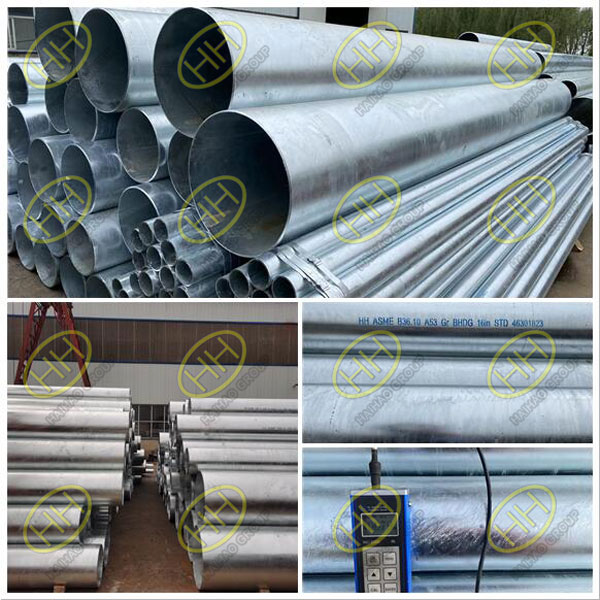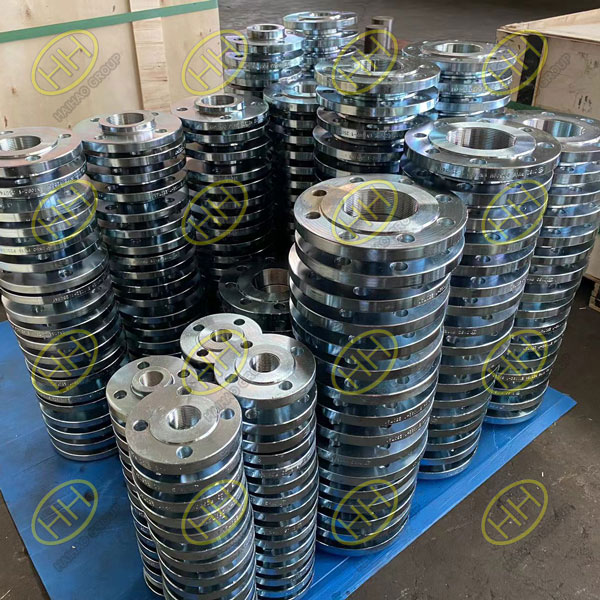Understanding the differences between cold galvanizing and hot-dip galvanizing
In the world of metal surface treatments, two popular methods stand out: cold galvanizing and hot-dip galvanizing. While both processes aim to protect metal from corrosion, they differ significantly in their application techniques, properties, and uses. Let’s delve into the distinctions between these two methods:
Application Technique:
Cold Galvanizing: Cold galvanizing, also known as zinc-rich paint or zinc spray coating, involves applying a layer of zinc-rich paint onto the metal surface using a spray gun or brush. The paint contains a high concentration of zinc particles suspended in a binder.
Hot-Dip Galvanizing: In contrast, hot-dip galvanizing immerses the metal article into a bath of molten zinc. The process involves cleaning the metal surface, dipping it into a flux solution to remove oxides, and then dipping it into the molten zinc bath. The zinc bonds metallurgically with the metal substrate, forming a series of zinc-iron alloy layers.

Hot dip galvanized steel pipes
Protective Properties:
Cold Galvanizing: Cold galvanizing provides sacrificial protection to the metal surface. When the zinc-rich paint is scratched or damaged, the exposed steel remains protected as the zinc corrodes preferentially. However, the protection offered by cold galvanizing is not as durable as that of hot-dip galvanizing.
Hot-Dip Galvanizing: Hot-dip galvanizing forms a thicker and more durable layer of zinc coating on the metal surface. This coating provides both barrier and sacrificial protection against corrosion, ensuring long-lasting resistance to rust and other forms of degradation.

Cold galvanizing threaded flanges
Suitability and Applications:
Cold Galvanizing: Cold galvanizing is suitable for on-site touch-up applications, repairs, and small-scale projects where rapid drying and convenience are essential. It is commonly used for spot repairs, touch-ups, and maintenance of steel structures, pipelines, and equipment.
Hot-Dip Galvanizing: Hot-dip galvanizing is preferred for large-scale projects and applications requiring robust corrosion protection. It is commonly used in industries such as construction, infrastructure, transportation, and marine engineering for structural steel, guardrails, fencing, bridges, and more.
Cost and Efficiency:
Cold Galvanizing: Cold galvanizing is generally more cost-effective for small-scale applications due to lower equipment and labor costs. However, it may require more frequent maintenance and touch-ups over time.
Hot-Dip Galvanizing: While hot-dip galvanizing entails higher initial costs and longer processing times, it offers superior long-term protection and requires less maintenance, resulting in lower lifecycle costs for large-scale projects.
Both cold galvanizing and hot-dip galvanizing play crucial roles in protecting metal surfaces from corrosion. The choice between the two methods depends on factors such as project scale, budget, durability requirements, and application conditions. Whether it’s quick touch-ups or robust long-term protection, each method offers unique benefits to meet diverse industrial needs.

